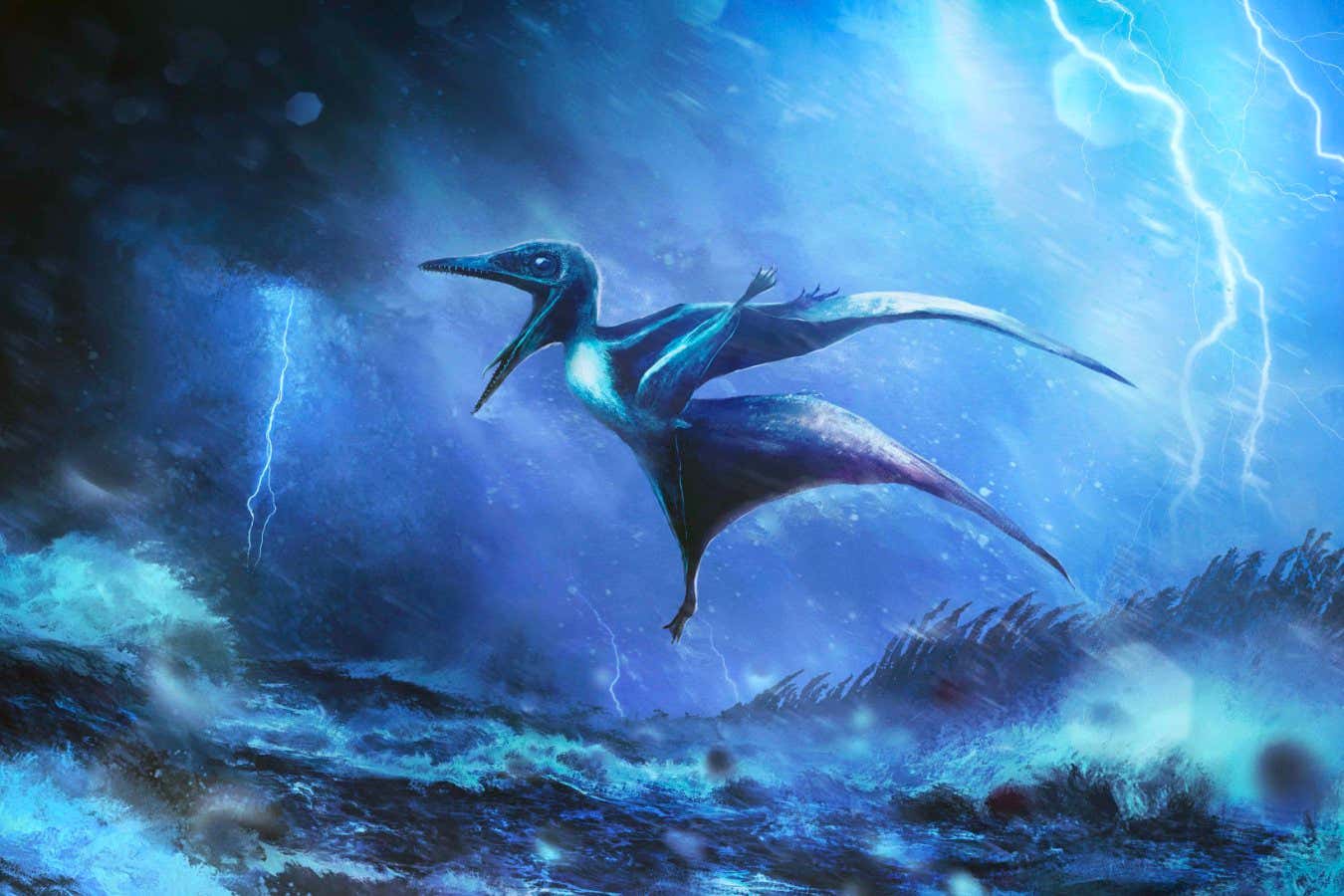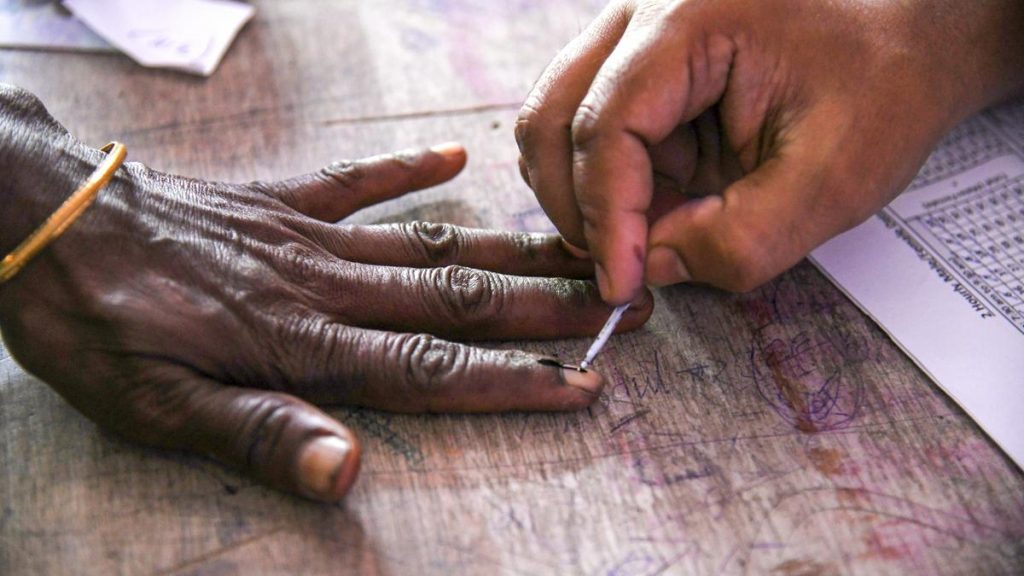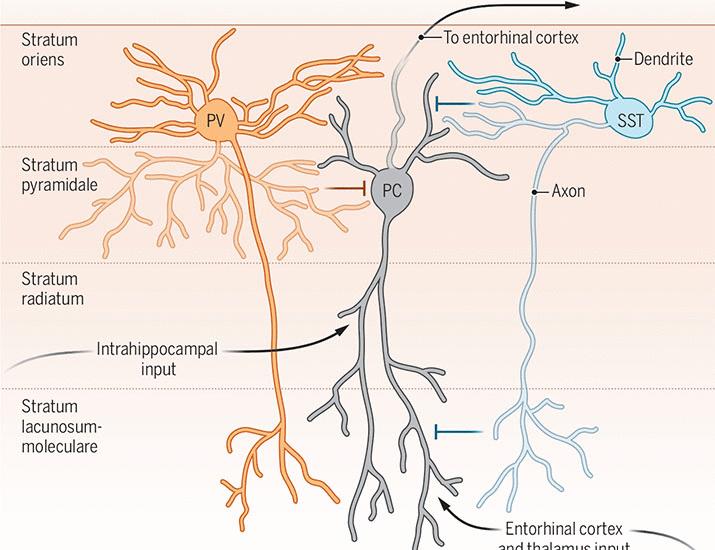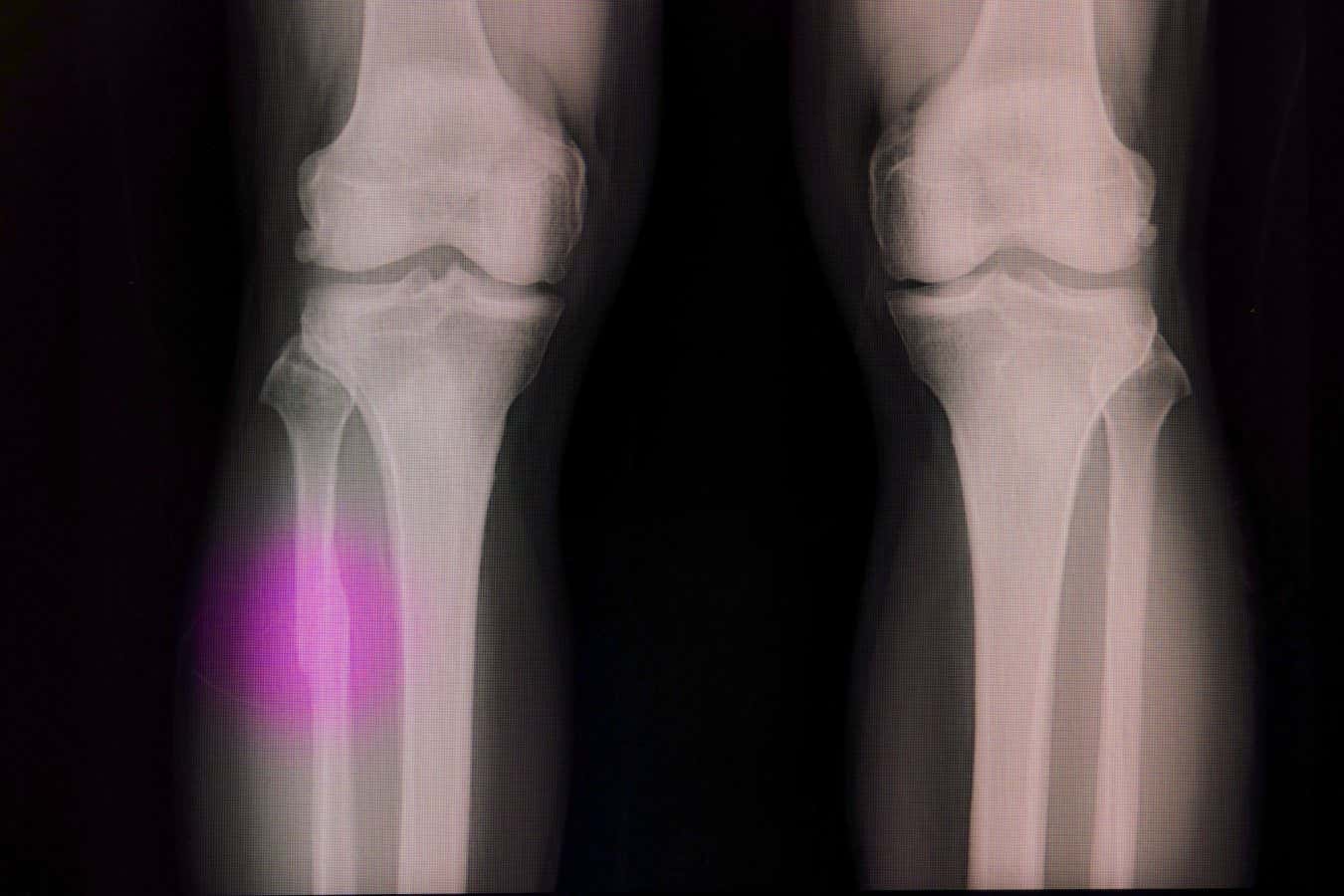Now Reading: Baby Pterosaurs Could Fly from Birth but Struggled in Stormy Skies
-
01
Baby Pterosaurs Could Fly from Birth but Struggled in Stormy Skies
Baby Pterosaurs Could Fly from Birth but Struggled in Stormy Skies

Quick Summary
- Two fossilized baby Pterodactylus antiquus where discovered in the Solnhofen site, Germany, wiht wing fractures likely caused by tropical storms 150 million years ago.
- These pterosaur hatchlings had wingspans of around 20 cm and showed no signs of healing, indicating they died shortly after sustaining injuries.
- The fossils reveal that young pterodactyls could fly soon after hatching due to their developed aerodynamic features despite their small size.
- The injuries resemble wing overload fractures seen in modern adult flying animals like birds during severe storms.
- Intense tropical cyclones at the time might have led to underwater mudslides, preserving these remains within limestone sediments.
Indian Opinion Analysis
The finding underscores how climate and natural phenomena shaped ancient ecosystems and species survival strategies, drawing parallels with today’s challenges posed by extreme weather events. for India – a nation rich in palaeontological discoveries – this finding emphasizes the importance of using advanced research methods like ultraviolet light scanning to uncover crucial scientific insights hidden in our fossil records. Such studies can also enrich India’s growing educational focus on evolutionary sciences while inspiring further exploration into early life forms preserved through geological timescales.



























